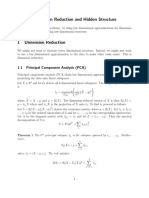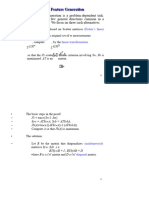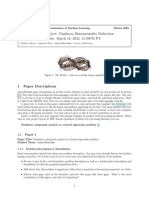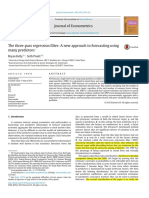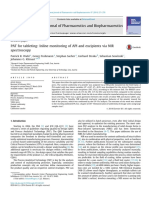0% found this document useful (0 votes)
13 views38 pagesLecture 6
The document discusses various nonlinear dimensionality reduction techniques, including kernel PCA, Multidimensional Scaling (MDS), and Isometric Mapping (ISOMAP). It outlines the mathematical foundations and algorithms for these methods, emphasizing the importance of kernel matrices and distance metrics in transforming high-dimensional data into lower dimensions. Additionally, it provides references and implementation details for each technique.
Uploaded by
huntersganggamingCopyright
© © All Rights Reserved
We take content rights seriously. If you suspect this is your content, claim it here.
Available Formats
Download as PDF, TXT or read online on Scribd
0% found this document useful (0 votes)
13 views38 pagesLecture 6
The document discusses various nonlinear dimensionality reduction techniques, including kernel PCA, Multidimensional Scaling (MDS), and Isometric Mapping (ISOMAP). It outlines the mathematical foundations and algorithms for these methods, emphasizing the importance of kernel matrices and distance metrics in transforming high-dimensional data into lower dimensions. Additionally, it provides references and implementation details for each technique.
Uploaded by
huntersganggamingCopyright
© © All Rights Reserved
We take content rights seriously. If you suspect this is your content, claim it here.
Available Formats
Download as PDF, TXT or read online on Scribd
/ 38








